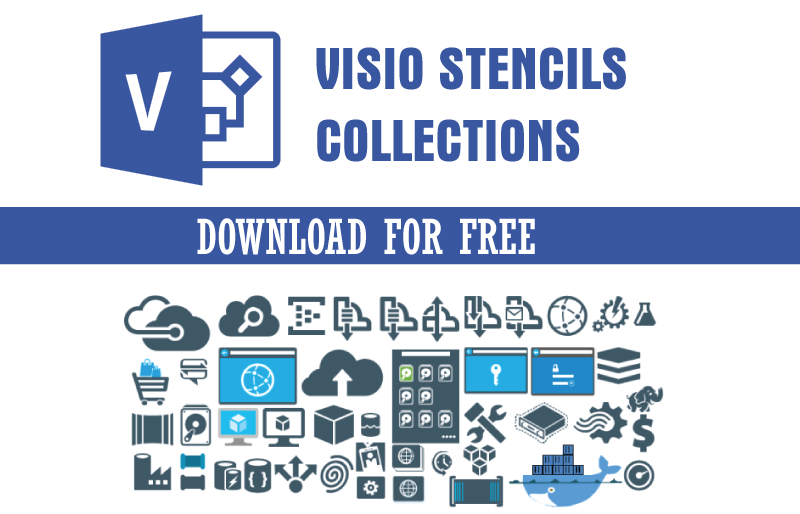
Communication-derived state The state derived from previous communications.Communication information Information from all seven layers in the packet.Thus, to ensure the highest level of security, a firewall must be capable of accessing, analyzing, and utilizing the following:


Depending upon the communication attempt, both the communication state (derived from past communications) and the application state (derived from other applications) may be critical in the control decision. State information-derived from past communications and other applications-is an essential factor in making the control decision for new communication attempts. It is not sufficient to examine packets in isolation. To reach control decisions for TCP/IP based services (e.g., whether to accept, reject, authenticate, encrypt and/or log communication attempts), a firewall must obtain, store, retrieve and manipulate information derived from all communication layers and from other applications. SECURITY REQUIREMENTS In order to provide robust security, a firewall must track and control the flow of communication passing through it. The industry standard for enterprise-class network security solutions Stateful Inspection Broad application support ………………………………………………… 8 Securing connectionless protocols such as UDP Securing dynamically allocated port connections such as RPC Performance.traditional firewall architectures ………………… 6 Firewall technologies and FTP examples: Stateful Inspection Technology The industry standard for enterprise-class network security solutionsĬheck Point protects every part of your network-perimeter, internal, Web- to keep your information resources safe, accessible, and easy to manage.Ĭheck Point Stateful Inspection TechnologyĬontents Security requirements ……………………………………………………… 3 Stateful Inspection technology Check Point FireWall-1®: Extensible Stateful Inspection The INSPECTTM Engine Stateful Inspection vs.


 0 kommentar(er)
0 kommentar(er)
